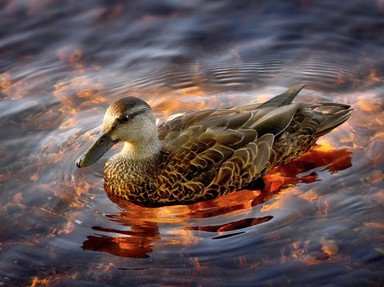
Duck and Covered Trivia Quiz
Ducks vs Not Ducks
Let's face it-- you're a bird person. You know all there is to know about birds. But can you differentiate between your ducks and your not-ducks? In this quiz, that's all there is to it. We're looking at some fowl business, but you can handle it!
This is a renovated/adopted version of an old quiz by author hogeye
A classification quiz
by kyleisalive.
Estimated time: 3 mins.